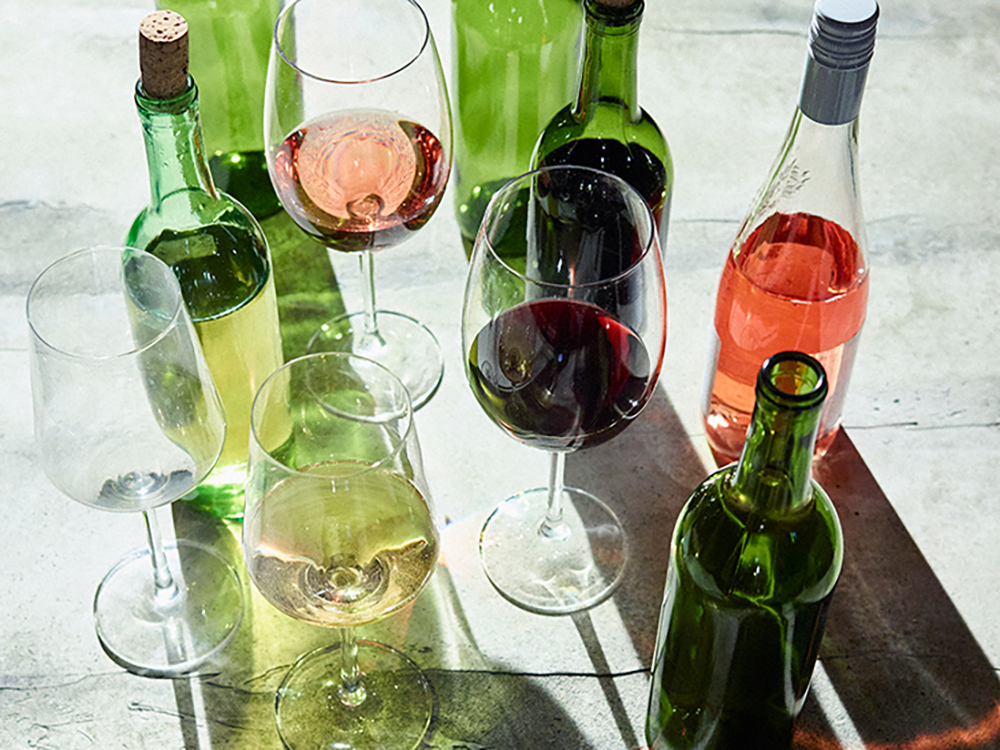By Michael Bray
When it comes to crafting a remarkable wine, it’s not just about what happens in the vineyard. After the winemaker shepherds the vines through a successful growing season and harvests the grapes at optimal ripeness, a number of vital decisions impact the fate of the wine-to-be.
The winemaker may choose to de-stem the grapes before pressing (thereby reducing the level of astringent tannins present in the juice), and they may choose to increase or decrease the length of time the juice is exposed to the grape skins to adjust color, texture, and flavor. Once the juice is ready, it’s transferred to fermentation tanks, where the main magic of winemaking happens, as the grape sugars are converted into alcohol.
After fermentation, the wine is transferred yet again to the vessel in which it will age before being released to the public. Winemakers select their fermentation and aging processes with great care, as the container in which the developing juice is housed will have a lasting impact on the finished wine. While winemakers can choose various containers and methods for aging their wines, I’ll be using today’s article to highlight the two most famous aging vessels: stainless steel tanks and oak barrels.
Stainless Steel
Stainless steel is one of the most popular materials for fermenting and aging wine. Stainless steel tanks are designed to provide a neutral space for wine to develop and mature, and they allow the essence of the grapes and the soil to shine through. No oxygenation occurs in stainless steel tanks, which keeps the wine crisp and fresh, and safeguards the key structural element of acidity. For these reasons, stainless steel is the vessel of choice for light, bright wines like Sauvignon Blanc and Rosé.
Stainless steel tanks are large, durable, and easy to maintain. Oak barrels, on the other hand, need to be replaced every several years, at a substantial cost to the winemaker (which results in a higher price tag for the wine buyer). Wines aged in stainless steel thus tend to be more affordable than their oak-aged counterparts.
Oak Barrels
Oak barrels are perhaps the most well-known aging vessel for wine. As opposed to stainless steel, oak is porous, which allows for a steady, subtle introduction of oxygen into the wine. This slow oxygenation can help to soften tannins, which makes oak a suitable match for bold, dry red wines. For those of you who read my recent article on “The Science Behind Wine Tasting,” you know that tannins are a type of molecule present in the skins and seeds of grapes. Tannin structure is one of the main elements that allows wine to age, and it also contributes astringent, bitter flavors that can feel harsh on the palate. Oak aging can soften these sharp edges and result in a more drinkable wine.
In addition to altering the conditions in which wine ages, oak imparts a unique range of aromatics and flavors to the developing wine. The types of aromas and flavors will differ depending on the variety of oak: American oak offers assertive flavors of vanilla and coconut, while French oak offers more subtle tones of spice, and Hungarian oak contributes bolder, nuttier flavors. (I’ll be taking a closer look at the specifics of oak aging in an upcoming article – stay tuned!)
Taste the Difference
To experience the ways in which stainless steel and oak impact wines, I recommend tasting differently-aged wines side-by-side. An unoaked Chardonnay from Chablis, France (such as Chanson Chablis 2017) tasted alongside a heavily oaked California Chardonnay (such as Harken Chardonnay 2020) will demonstrate the ways in which the presence of oak affects appearance, aromas, flavors, and mouthfeel.
What are your thoughts on oak versus stainless steel? Share your favorites and your tasting experiences with me here: michael@passionvines.com. I look forward to connecting!
Drink passionately,
Michael
Michael Bray is the founder of and director of operations at Passion Vines Wine & Spirit Company in Somers Point and Egg Harbor Township. He serves on numerous local boards.






